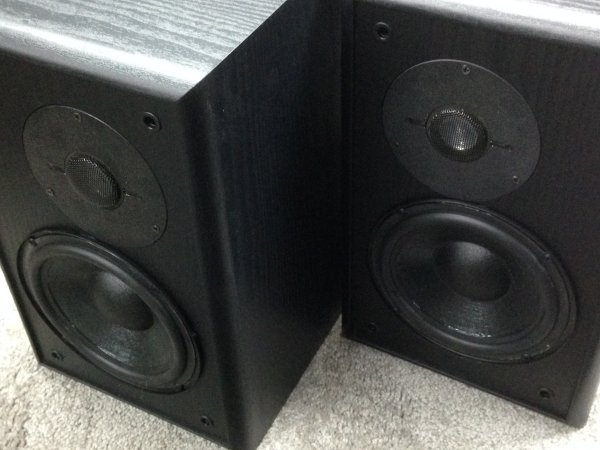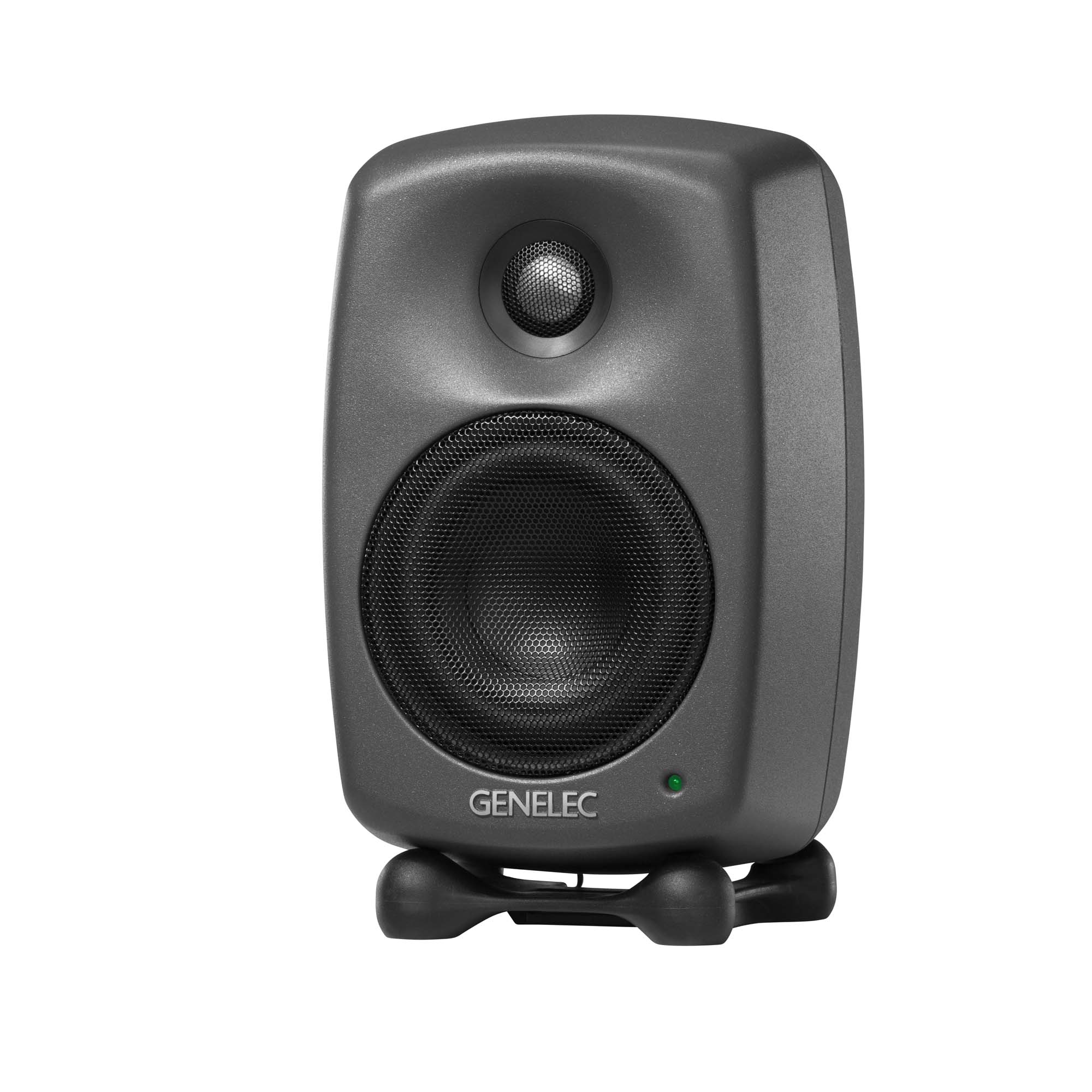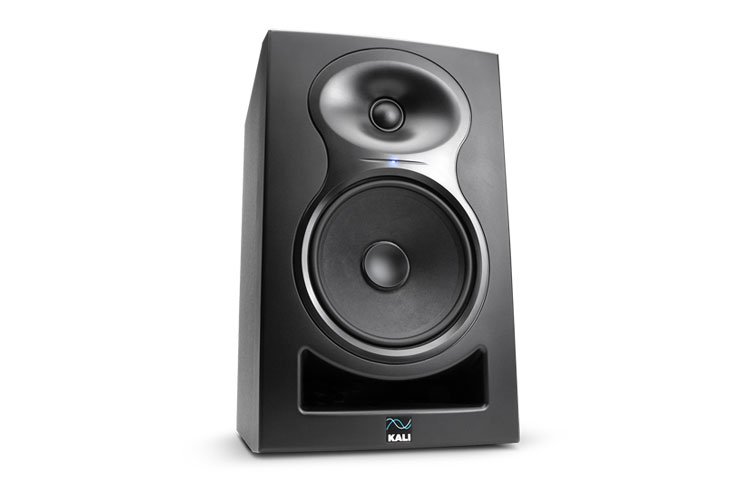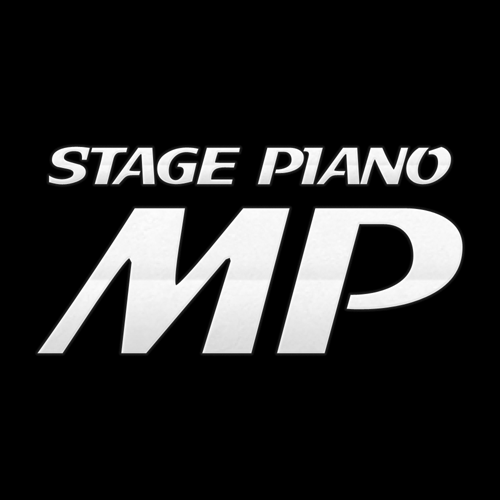This organ certainly had no digital portion. The only electronics at all was a switch added to turn on an air blower. The blower was not original, the organ was too old for that. The original air supply, which was in the back of the organ, was a big leather bellows connected to a wooden arm. Someone would stand back there and pump air while the organist played. In case there was not someone available to pump air, there were also two large pedals under the console, that the organist could pump alternately with their feet to supply air to the organ (loosing, of course, the ability to play the foot keyboard). I never saw either in operation, but my piano teacher who played organ at church most of the time said she did use the pedals one time when the power went out in the middle of a service. So they were still operational. A 100% mechanical organ, with zero electronics. Our priest had told me it was difficult to find people who were able to work on and repair organs of that age.
Anyhow, I received my HUMAN 61 speakers. I’ve not used them yet, but I did unpack them. They were well packed, and even though the box had a break in the cardboard from shipping the speakers appeared completely undamaged.
Front of one speaker.
A poster had previously mentioned the woofers were not recessed. They actually are recessed, with the metal ring around the woofer flush with the baffle. The woofers have a foam ring around them, which is roughly the height of the surround, and this foam ring is proud of the front of the baffle.
While the baffle is recessed, the foam ring on the woofers is slightly proud of the front edge of the speakers.
The back of the speakers, showing the port. Additionally, and the product page didn’t mention this, but each speaker was provided with a plug for the port, so if positioning didn’t allow free airflow from the port, or simply to try it as both a sealed and vented speaker and allow you to choose which you preferred, you can plug the port and run it as a sealed speaker.
The grills are not what I expected. From
reading his page on making grills, I expected a bevel facing the drivers and facing outwards. Instead what these grills have is the opposite. There is a half width bevel at 45°, but it
faces the drivers, not the other way around. There’s no bevel on the front side of the grill frame, just a 90° corner (not shown).
The front edges of the bevel are rounded on the outside.
The last thing I don’t understand is why the baffle is inset from the front rounded edges of the speaker case. I initially thought when viewing his product page that this was perhaps so the grills could sit more flush into the case. Certainly pictures of his 81’s appear to show that to be the case. But these grills actually sit on top of the front edge of the speaker case, so they are above the front baffle by the distance of the baffle to the front edges of the speaker case.
He did mention in the instructions a cabinet supplier, so it seems he is not building the cases himself, at least for this model.
In any case, this is what they look like with the grill in place.
I’ve not fired these up yet, will test them out either tonight or tomorrow. As I haven’t selected and bought an amp yet for the piano, I will likely use them with my AVR for initial testing.






